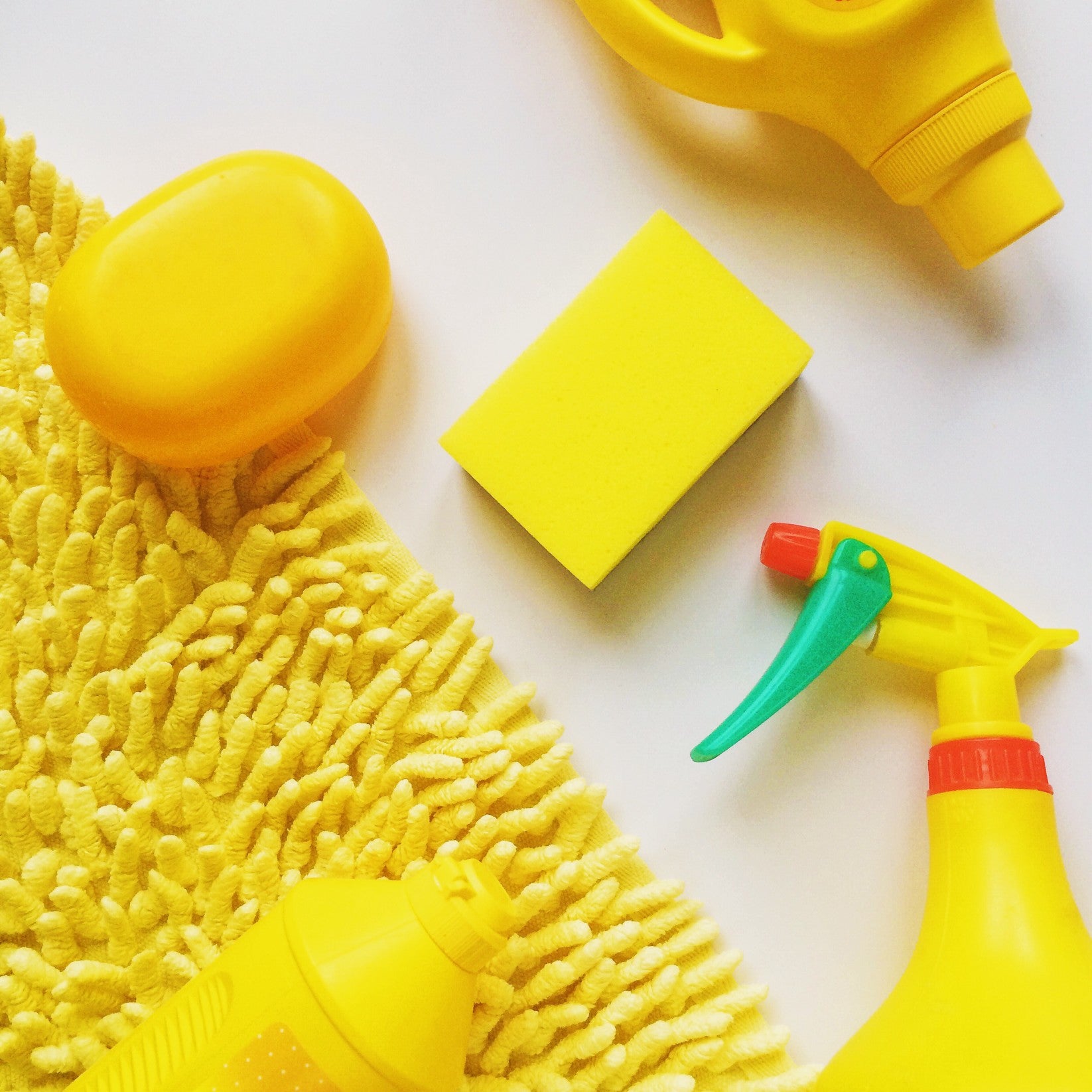Sanitization vs Disinfection What You Need To Know
There are plenty of products on the market that claim to disinfect, sanitize and clean surfaces. However, what does disinfection actually do and how is it different from sanitizing? Today we will talk about the difference between sanitizing and disinfection and how these simple cleaning tasks impact your home.
Disinfection is defined as the thermal or chemical destruction of pathogenic and other types of microorganisms. Chemicals used in the disinfection process are called disinfectants. These products have different disinfectant properties and are not always successful at eliminating all microorganisms. Disinfectants are usually used after a cleaning product in order to add another layer of safety to the home. Although disinfectants and sanitizing agents aim to accomplish the same goals, the truth is they are different from one another.
While anyone can maintain a “clean” space, not everyone has the ability to maintain a sanitary space. Sanitization is defined as the ability to reduce or eliminate bacteria on the surface to make it sanitary. Whether or not something is sanitary is defined by public health standards. The EPA or Environmental Protection Agency actively regulates sanitizers and disinfectants to make sure they meet the pre-defined criteria. When you sanitize, you are reducing the number of bacteria present by 99.9 percent, but doing nothing about viruses and fungus. Sanitizing is better than cleaning alone as it drastically reduces pathogens on different surfaces and materials. Inadequate sanitation is a major cause of global diseases including cholder, typhoid and dysentery. With this information in mind, it’s easy to see how sanitation goes far beyond cleanliness, impacting global health and economic development issues.
With thousands of products available, it’s hard to know if you’re making the right decisions when it comes to cleaning agents that protect against the spread of COVID-19. This also means that you should proceed with caution when it comes to products that claim to treat surfaces for days. These products work by leaving a disinfectant on hard, nonporous surfaces for hours; when the disinfectant goes inactive, a film is left behind. You have to factor in the time it takes to kill germs. When evaluating both sanitizers and disinfectants, this should be listed on a product’s label. Some chemical formulas kill respective germs in 5 minutes and others in just one minute or less.
Keeping your family and friends safe from Covid-19 is one of your top priorities. Remember, disinfecting is a repetitive process. You might need to disinfect your home multiple times a day depending on transmission rates.The same goes for sanitization. More is always better than less. When in doubt, just remember that a clean surface isn’t always sanitized, but a sanitized surface is always clean. Don’t just clean your home, PurLite it.


